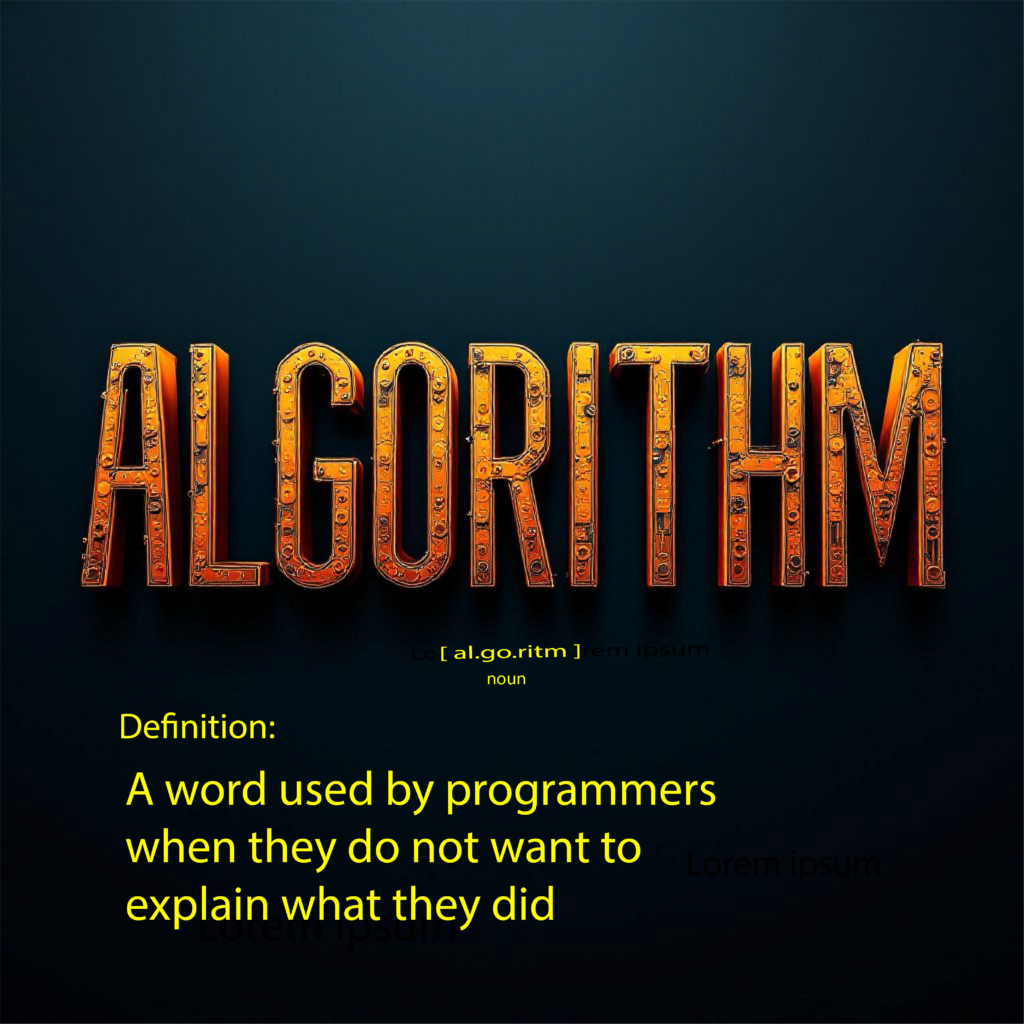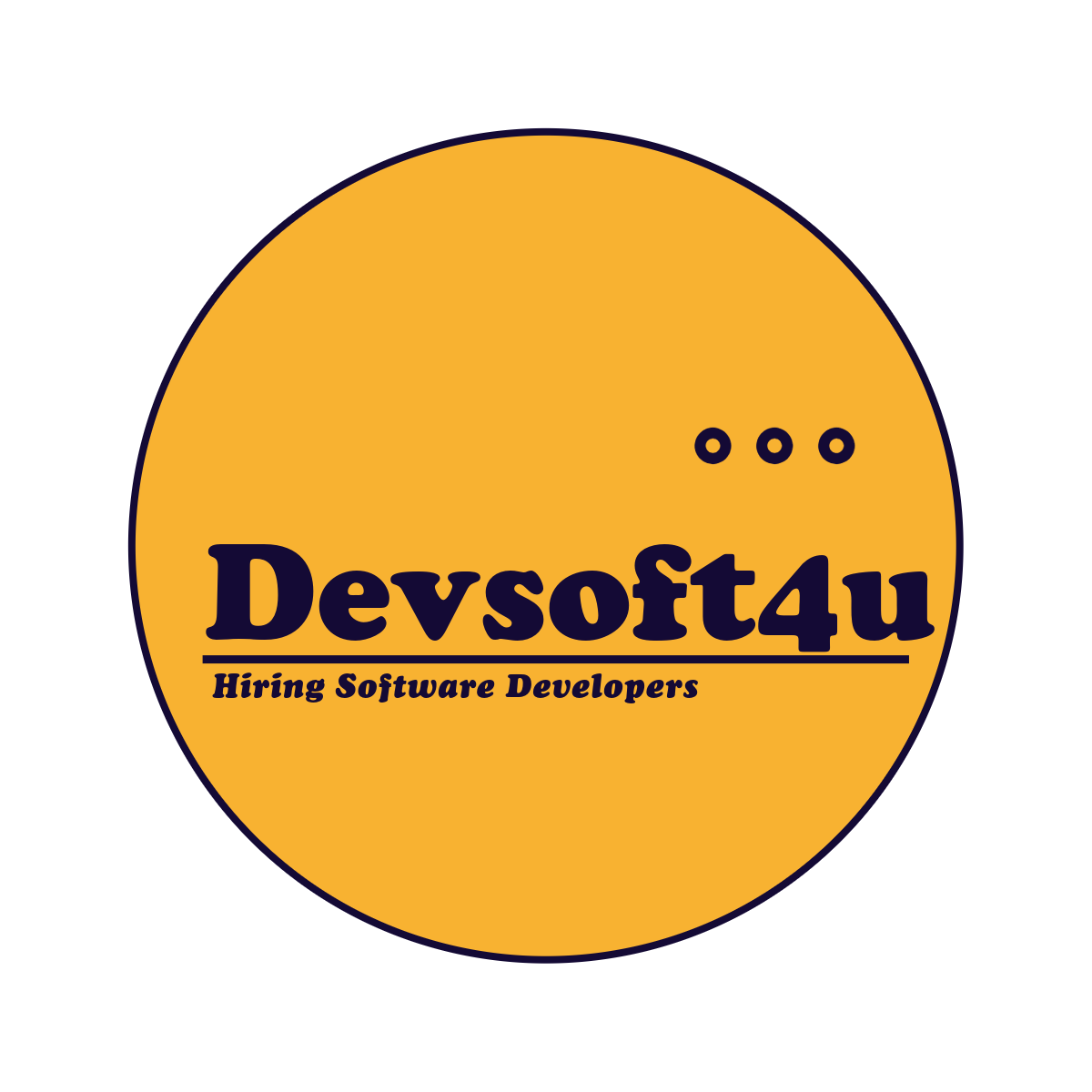
Full Stack
Front-End (Client-Side Development)
(Handles UI/UX, client-side logic, rendering)
Languages:
- HTML – Markup language for structure
- CSS / SCSS / LESS – Styling
- JavaScript (JS) – Core interactive scripting
- TypeScript (TS) – Typed superset of JavaScript
- Dart – Used in Flutter for front-end
- Elm – Functional reactive UI language
- Haxe – Cross-platform UI scripting
Front-End Frameworks/Libraries:
- React.js (JS/TS) – Component-based UI
- Vue.js – Lightweight front-end framework
- Angular (TS) – Full-featured front-end framework
- Svelte – Compiled front-end framework
- SolidJS – Reactive UI framework
- Preact – Lightweight React alternative
- Alpine.js – Minimal JavaScript framework
- Stimulus.js – Small JS framework for enhancing HTML
- Lit – Web components library
- Next.js (React-based full-stack)
- Nuxt.js (Vue-based full-stack)
CSS Frameworks:
- Tailwind CSS – Utility-first styling
- Bootstrap – Popular CSS framework
- Bulma – Flexbox-based CSS framework
- Foundation – Responsive UI
Back-End (Server-Side Development)
(Manages business logic, APIs, and microservices)
Languages:
- JavaScript (Node.js) – Event-driven backend
- Python – AI, ML, and backend services
- Java – Enterprise and microservices backend
- C# (.NET) – Enterprise and cloud-native apps
- Go (Golang) – High-performance microservices
- Rust – Safe, high-speed back-end development
- PHP – Web backend scripting
- Ruby – General-purpose backend scripting
- Kotlin – JVM-based backend development
- Swift – Apple ecosystem backend
- Scala – Functional & concurrent backend programming
- Elixir – Scalable backend for real-time apps
- C / C++ – High-performance backend
- Perl – Scripting and automation backend
- R – Statistical computing and API-driven backend
- Lua – Lightweight scripting for gaming & web
- Haskell – Functional backend development
- Erlang – Distributed, fault-tolerant backend
- F# – Functional .NET programming
- Clojure – Lisp-based functional backend
- D – Systems-level backend development
- Crystal – Ruby-like compiled backend language
- Node.js – JavaScript runtime
- Django (Python) – Full-featured backend framework
- Flask (Python) – Lightweight backend framework
- FastAPI (Python) – High-performance API framework
- Spring Boot (Java) – Enterprise microservices
- Quarkus (Java) – Lightweight microservices
- Micronaut (Java/Kotlin) – Modern Java framework
- ASP.NET Core (C#) – Enterprise cloud framework
- Express.js (Node.js) – Minimalist web framework
- NestJS (Node.js/TS) – Modular backend framework
- Ruby on Rails (Ruby) – Convention-over-configuration backend
- Sinatra (Ruby) – Lightweight web framework
- Phoenix (Elixir) – Scalable, real-time web framework
- Laravel (PHP) – Modern PHP framework
- Symfony (PHP) – Modular PHP framework
- CodeIgniter (PHP) – Lightweight MVC framework
- Gin (Go) – High-performance web framework
- Beego (Go) – Go-based enterprise framework
- Actix Web (Rust) – High-performance Rust framework
- Rocket (Rust) – Rust-based web framework
- Vapor (Swift) – Server-side Swift framework
- Play Framework (Scala/Java) – Reactive web applications
- Ktor (Kotlin) – Lightweight web framework
Database (SQL, NoSQL, Graph, Time-Series)
(Manages data storage, retrieval, and transactions)
SQL Databases:
- PostgreSQL – Open-source, powerful relational DB
- MySQL – Popular, widely-used relational DB
- MariaDB – MySQL-compatible, improved performance
- SQLite – Lightweight, embedded database
- Microsoft SQL Server – Enterprise-grade DB
- Oracle Database – Enterprise RDBMS
- MongoDB – Document-based database
- CouchDB – Distributed NoSQL DB
- Firebase Realtime Database – Cloud-based NoSQL
- DynamoDB (AWS) – Managed NoSQL
- Neo4j – Graph-based AI/ERP automation
- ArangoDB – Multi-model database
- Dgraph – Distributed graph database
- TimescaleDB (PostgreSQL extension) – Time-series AI analytics
- InfluxDB – High-speed time-series DB
Distributed & Cloud Databases:
- CockroachDB – Global distributed SQL
- Google Spanner – Google’s distributed RDBMS
- Cassandra (Apache) – Scalable NoSQL database
AI
Data Collection & Ingestion
AI Model Development (Machine Learning, Deep Learning, NLP)
AI Agent Development (Autonomous AI Operations & Decision Making)
AI-Driven ERP Backend & Architecture (Microservices + Automation)
AI-Driven ERP Frontend (Interactive AI Dashboards & Automation UI)
Database & AI Data Processing (Storing & Querying AI-Processed Data)
Cloud, DevOps & Deployment (Scaling AI-Driven ERP)
AI Security & Compliance (Securing AI-Driven Systems)
Infrastructure Network & Cloud
Infrastructure (Computing, Storage, and AI Acceleration)
Networking & Communication (High-Speed AI Data Transfers)
Cloud & DevOps (AI Model Deployment & Scalability)
Cybersecurity (AI-Driven Security & Compliance)


